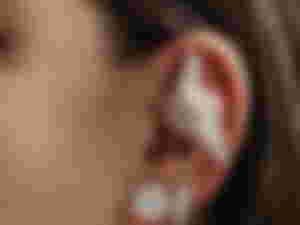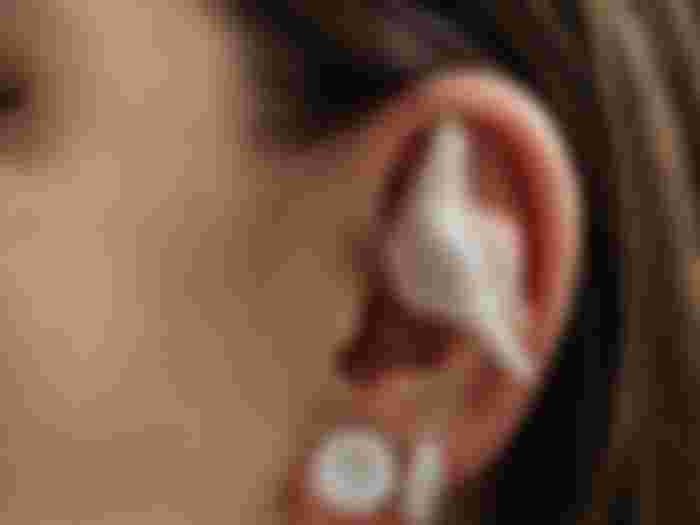The Ultimate Guide to Hygienic Ear Cleaning: Best Practices andTips

Maintaining proper ear hygiene is crucial for overall well-being. Ear cleaning is a routine task that, when done correctly, can prevent infections and promote good ear health. In this comprehensive guide, we will delve into the importance of hygienic ear cleaning, best practices, and essential tips for a safe and effective process.
I. Understanding the Ear Anatomy:
Before delving into ear cleaning techniques, it's essential to understand the intricate anatomy of the ear. The ear comprises three main parts: the outer ear, the middle ear, and the inner ear. Each section has specific structures that play a role in hearing and balance.
*Outer Ear:*
The outer ear includes the visible part (the pinna) and the ear canal. The ear canal produces cerumen, commonly known as earwax, which acts as a natural defense mechanism against debris and bacteria.
*Middle Ear:*
The middle ear houses the eardrum and three small bones (ossicles) responsible for transmitting sound vibrations from the outer ear to the inner ear.
*Inner Ear:*
The inner ear contains the cochlea, which is responsible for converting sound vibrations into electrical signals for the brain.
II. Importance of Hygienic Ear Cleaning:
Proper ear hygiene is vital for preventing ear infections, hearing loss, and discomfort. Neglecting ear cleaning can lead to the accumulation of earwax, which may become impacted and affect hearing. Clean ears also reduce the risk of bacterial and fungal infections.
III. Best Practices for Hygienic Ear Cleaning:
Follow these best practices to ensure a safe and effective ear cleaning process:
*A. Avoid Cotton Swabs:
Contrary to popular belief, cotton swabs can push earwax deeper into the ear canal, leading to impaction. Instead, opt for ear drops to soften earwax.
* B. Ear Drops Usage:
Choose over-the-counter ear drops designed to soften earwax. Follow the instructions on the packaging and allow the drops to sit in the ear for the recommended time.
* C. Ear Irrigation:
Ear irrigation, performed by a healthcare professional, involves flushing the ear canal with warm water to safely remove excess earwax. This should not be attempted at home without proper guidance.
* D. Seek Professional Assistance:
If you experience persistent earwax buildup or suspect an ear infection, consult a healthcare professional. They can perform a thorough examination and provide appropriate treatment.
IV. Tips for Safe and Effective Ear Cleaning:
Follow these additional tips to enhance the safety and effectiveness of your ear cleaning routine:
* A. Regular Inspection:
Perform regular visual inspections of your ears to detect any signs of redness, swelling, or abnormalities.
* B. Gentle Cleaning:
If you need to clean the outer ear, use a damp cloth. Avoid inserting any objects into the ear canal.
* C. Protect Your Ears:
When swimming or bathing, use earplugs to prevent water from entering the ear canal, reducing the risk of infections.
Maintaining hygienic ears is a fundamental aspect of overall health. By understanding the ear's anatomy and following best practices, you can ensure a safe and effective ear cleaning routine. Remember to seek professional assistance when needed and prioritize preventive measures for optimal ear health. Incorporate these tips into your routine and enjoy the benefits of clear, healthy ears.
